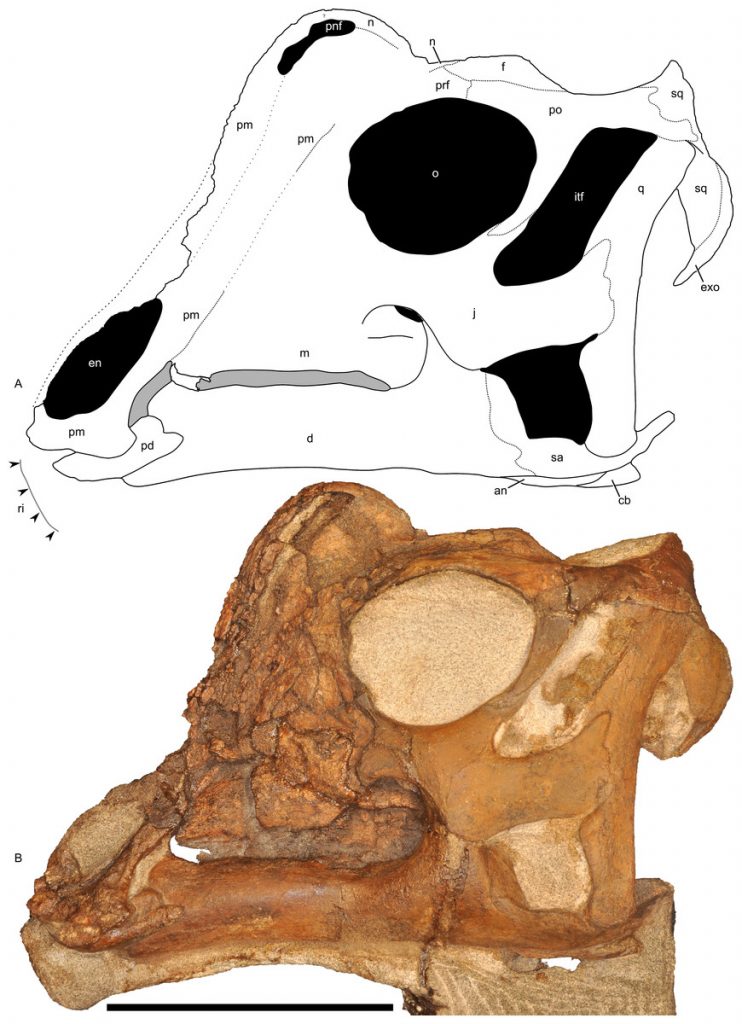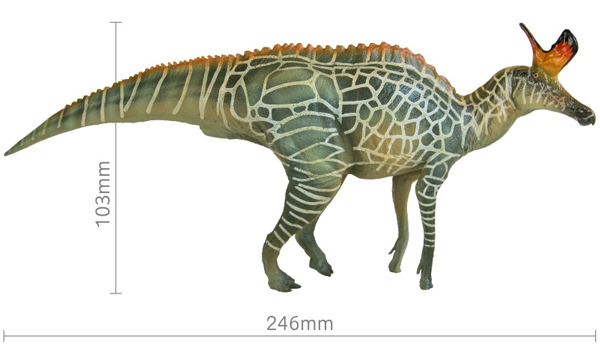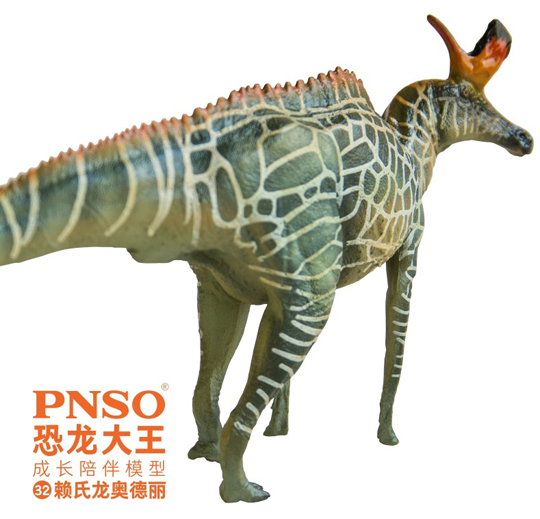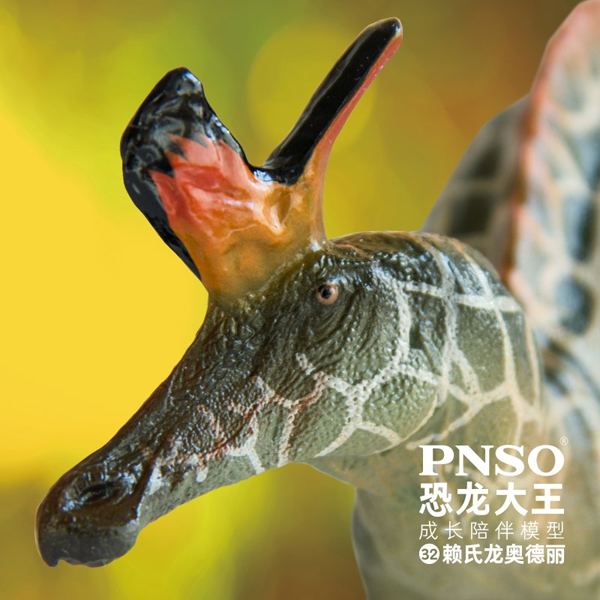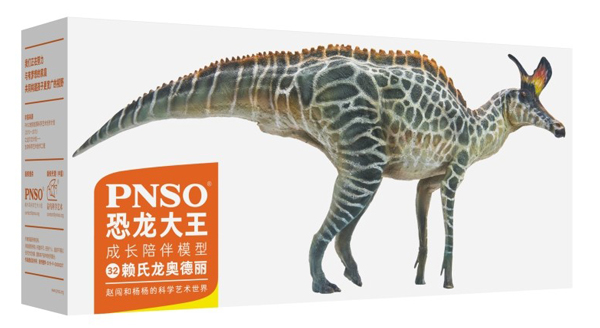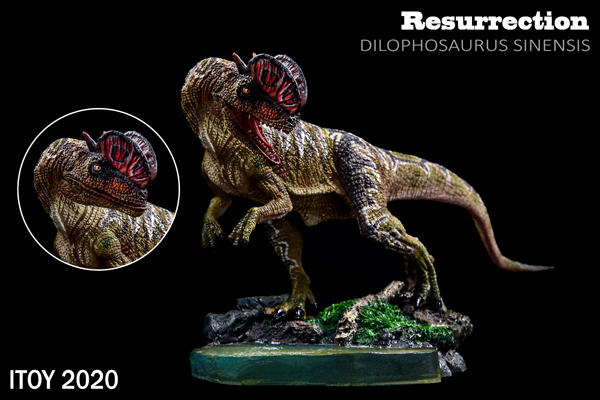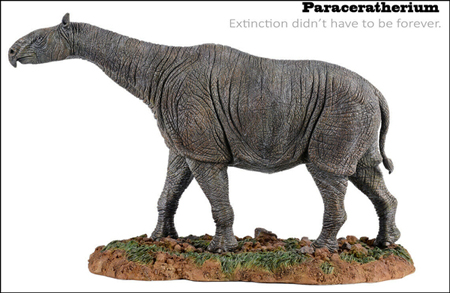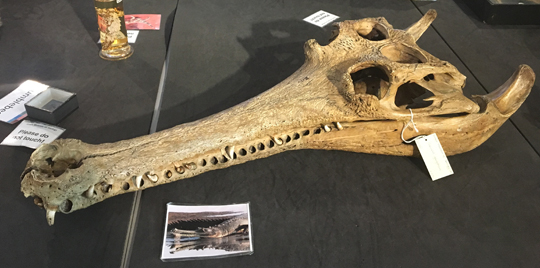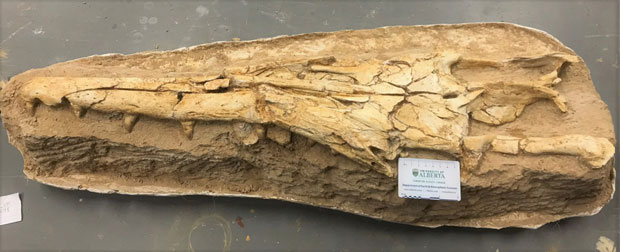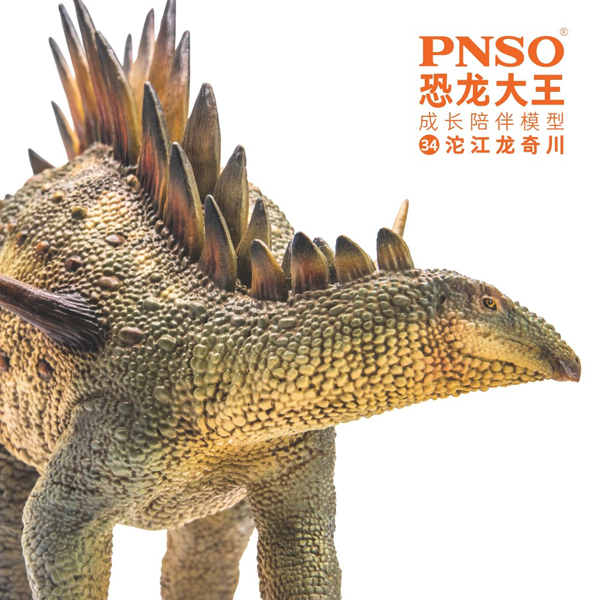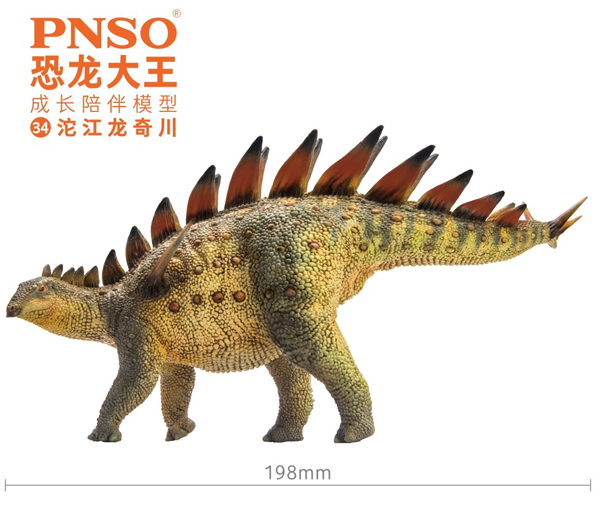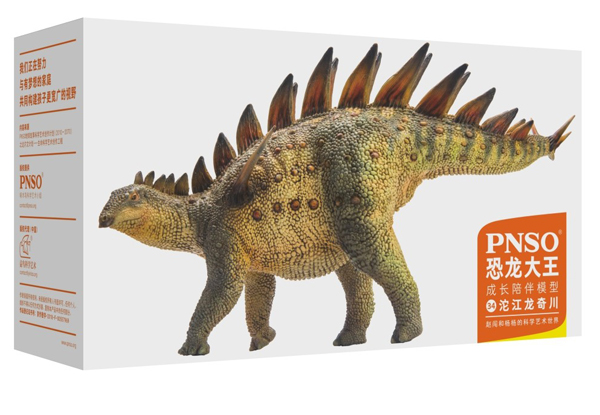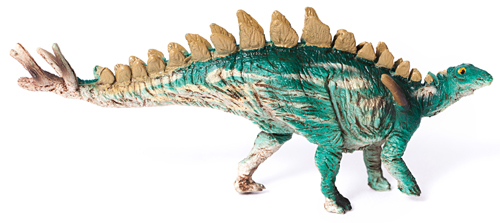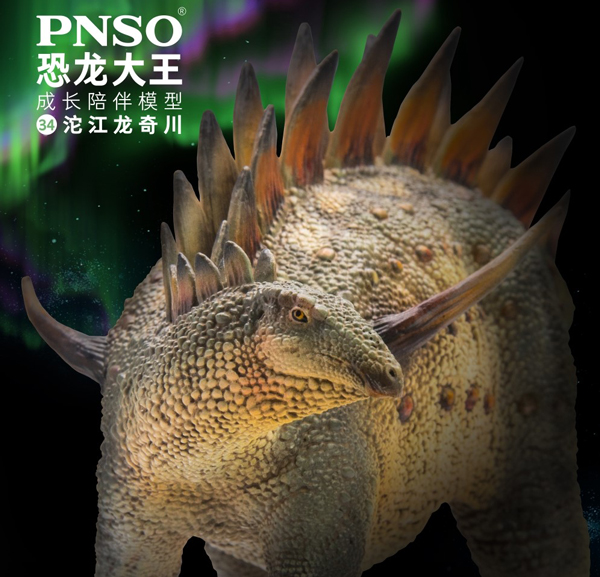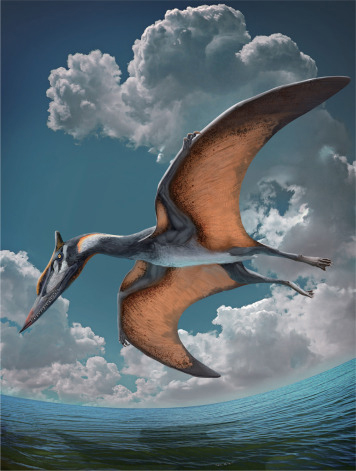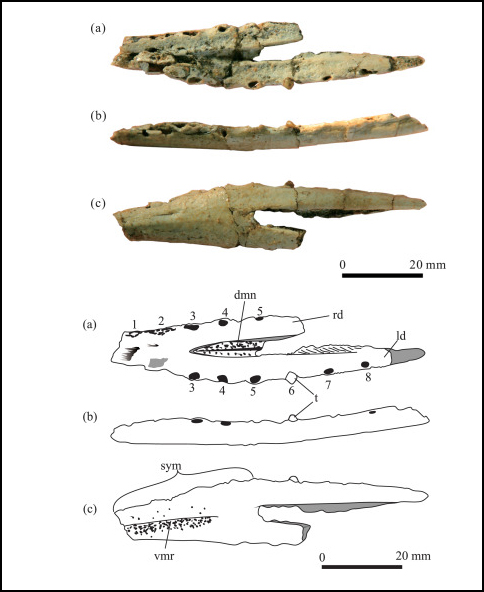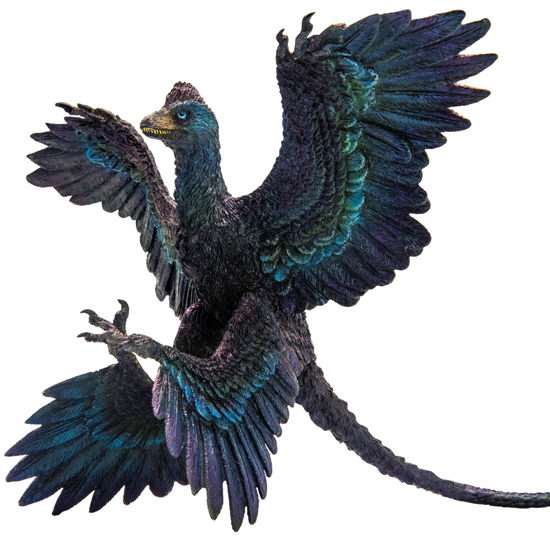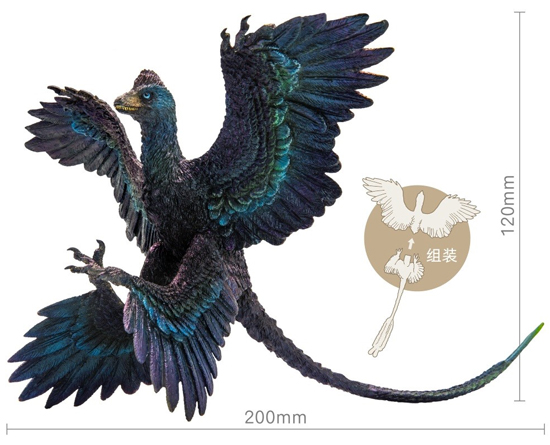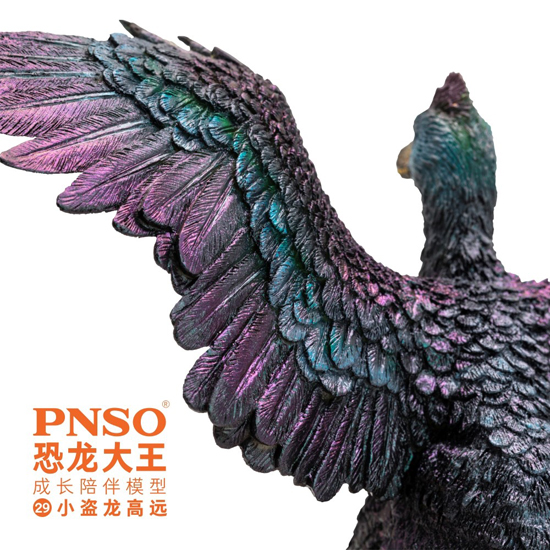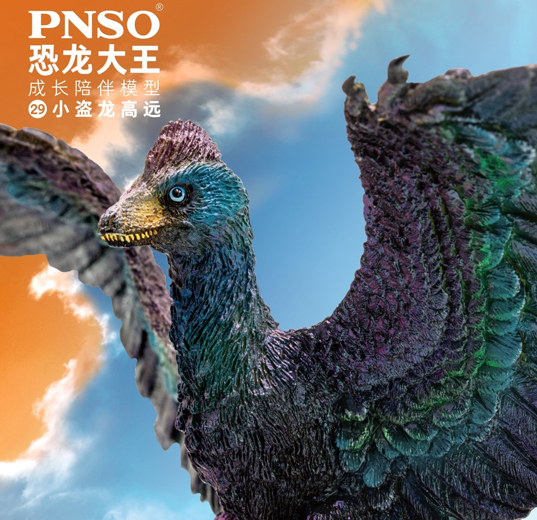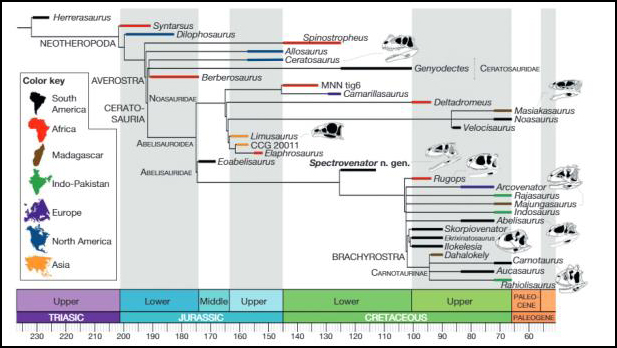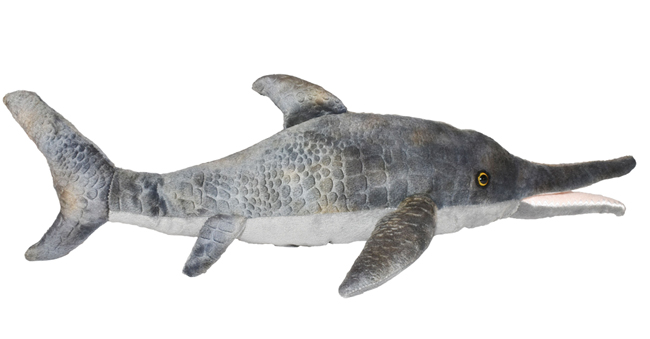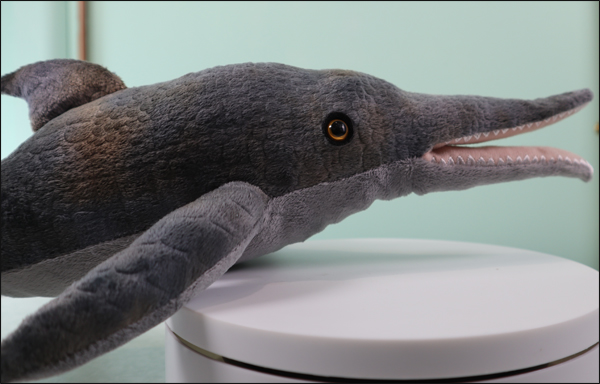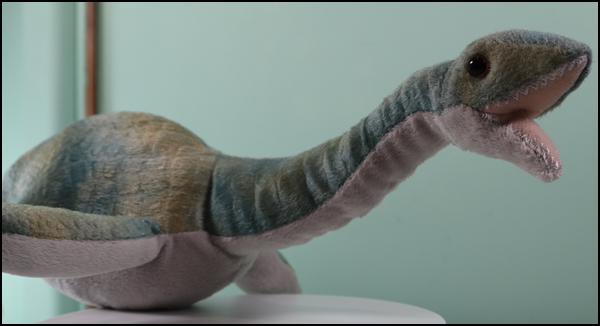Mapping the Genome of Homotherium latidens
The diverse and geographically widespread machairodonts, a subfamily of the cat family (Felidae), have fascinated palaeontologists for a very long time and there is still a great deal of research directed towards these sabre-toothed predators. Recently, Everything Dinosaur published an article that looked at how those enlarged canines might have been used by different types of sabre-toothed creature known from the fossil record: Sabre-toothed Predators Evolved Different Hunting Styles. However, a team of international scientists led by researchers from the University of Copenhagen (Denmark), have taken a more holistic view when it comes to these long-fanged mammals.
Homotherium latidens
They have mapped the entire nuclear genome of the machairodont Homotherium latidens and their research suggests that this tiger-sized carnivore was a highly social, pursuit predator.
A Pack of Homotherium Pursue a Prehistoric Horse
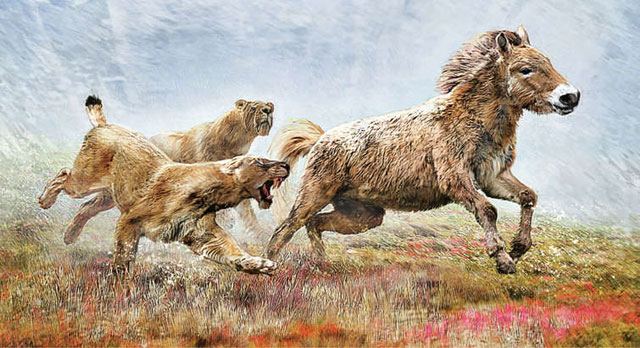
A pack of Homotherium latidens chasing a prehistoric horse. What an amazing example of paleoart – our congratulations to the artist.
Picture credit: Velizar Simeonovski/University of Copenhagen
Scimitar-toothed Cat
Writing in the academic journal “Current Biology”, the scientists were able to extract DNA from a H. latidens specimen found in thawing Pleistocene permafrost near Dawson City in the Yukon Territory (Canada). A variety of modern genomic sequencing strategies were applied to reveal a map of the entire genome of the fossil. The data was then compared to living felids such as the domestic cat as well as lions and tigers. The DNA study reveals what genes were highly selected upon and important in evolution of the species.
Commenting on the significance of this research, Michael Westbury, a co-author of the paper based at the University of Copenhagen stated:
“Their genetic makeup hints towards scimitar-toothed cats being highly skilled hunters. They likely had very good daytime vision and displayed complex social behaviours. They had genetic adaptations for strong bones and cardiovascular and respiratory systems, meaning they were well suited for endurance running. Based on this, we think they hunted in a pack until their prey reached exhaustion with an endurance-based hunting-style during the day light hours.”
Endurance-based Hunting
This type of hunting behaviour is sometimes seen in lions today, although they are mainly ambush predators and they also hunt at night. Perhaps the most relevant modern analogue to the hunting behaviour proposed for Homotherium latidens is that of the gray wolf (Canis lupus), which is primarily a diurnal, pursuit predator of large prey.
For replicas of sabre-toothed cats and other prehistoric mammals: CollectA Deluxe Prehistoric Life Scale Figures.
Homotherium latidens was Genetically Diverse
The genome analysis also revealed that this scimitar-toothed cat was genetically very diverse when compared to extant cat species.
Doctor Westbury, a postdoctoral researcher in the GLOBE Institute at the University of Copenhagen also stated:
“We know that genetic diversity correlates to how many of a given species that exists. Based on this, our best guess is that there were a lot of these big cats around. This also makes perfect sense given that their fossils have been found on every single continent except Australia and Antarctica.”
To read a related article about the discovery of a treasure trove of prehistoric mammal fossils including machairodonts that have been found in Venezuela: Oil Companies Assist with Huge Fossil Discovery.
The Genome of the Extinct Machairodont Homotherium latidens has been Mapped
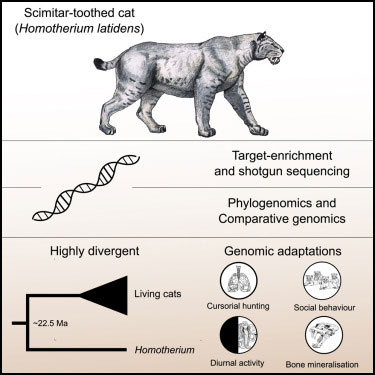
Researchers have mapped the genome of the prehistoric cat Homotherium latidens. The analysis suggests that these cats were highly social and adapted to a long pursuit, endurance form of hunting.
Picture credit: University of Copenhagen/Current Biology
Homotherium Distantly Related to Extant Felids
The study demonstrated that the Homotherium genus is only very distantly related to all modern cats. This type of cat diverged from the Felidae lineage around 22.5 million years ago (early Miocene Epoch) and this conclusion supports the hypothesis that the Machairodontinae are a distinct subfamily within the Felidae.
The Demise of Homotherium
The fossil record demonstrates that Homotherium and related genera were extremely successful. These cats were both geographically and temporally widely dispersed. It remains a mystery as to why these carnivores were unable to survive to the present day. The authors of the paper speculate that some of the adaptations/specialisations that led to Homotherium’s success could also have played a pivotal role in its demise and eventual extinction.
An Eventual Extinction
Toward the end of the Late Pleistocene, a decrease in large prey availability may have caused more direct competition with other cat species that were likely more effective at capturing the remaining smaller prey species. The specific adaptations Homotherium had acquired would have suddenly become less advantageous, leading to an irreversible decline that ultimately resulted in extinction.
Fellow co-author Ross Barnett, (GLOBE Institute at the University of Copenhagen), explained:
“This was an extremely successful family of cats. They were present on five continents and roamed the earth for millions of years before going extinct. The current geological period is the first time in 40 million years that earth has lacked sabre-tooth predators. We just missed them.”
Everything Dinosaur acknowledges the assistance of a media release from the University of Copenhagen in the compilation of this article.
The scientific paper: “Genomic Adaptations and Evolutionary History of the Extinct Scimitar-Toothed Cat, Homotherium latidens” by Ross Barnett, Michael V. Westbury, Marcela Sandoval-Velasco, Filipe Garrett Vieira, Sungwon Jeon, Grant Zazula, Michael D. Martin, Simon Y. W. Ho, Niklas Mather, Shyam Gopalakrishnan, Jazmín Ramos-Madrigal, Marc de Manuel, M. Lisandra Zepeda-Mendoza, Agostinho Antunes, Aldo Carmona Baez, Binia De Cahsan, Greger Larson, Stephen J. O’Brien, Eduardo Eizirik, Warren E. Johnson, Klaus-Peter Koepfli, Andreas Wilting, Jörns Fickel, Love Dalén, Eline D. Lorenzen, Tomas Marques-Bonet, Anders J. Hansen, Guojie Zhang, Jong Bhak, Nobuyuki Yamaguchi and M. Thomas P. Gilbert published in the journal Current Biology.
The Everything Dinosaur website: Everything Dinosaur.

